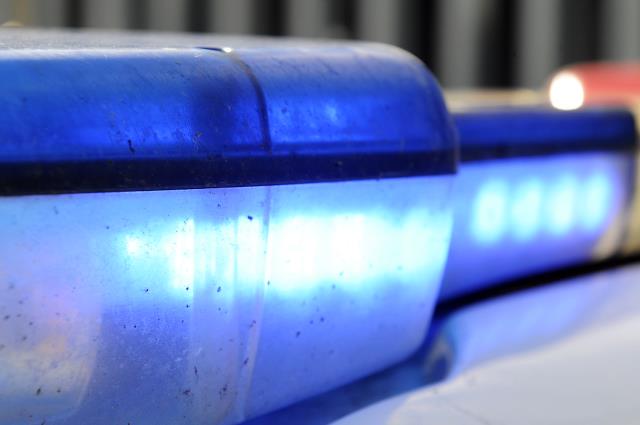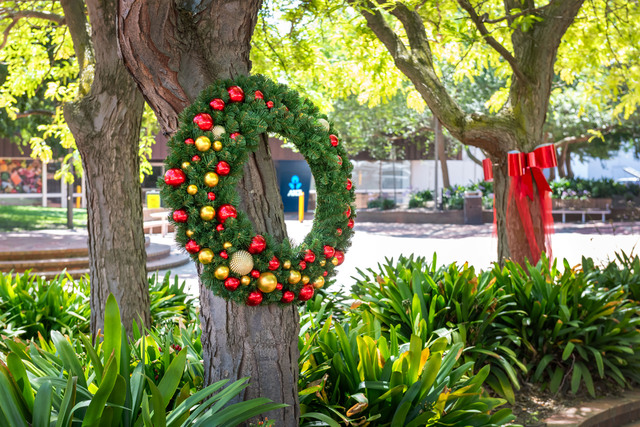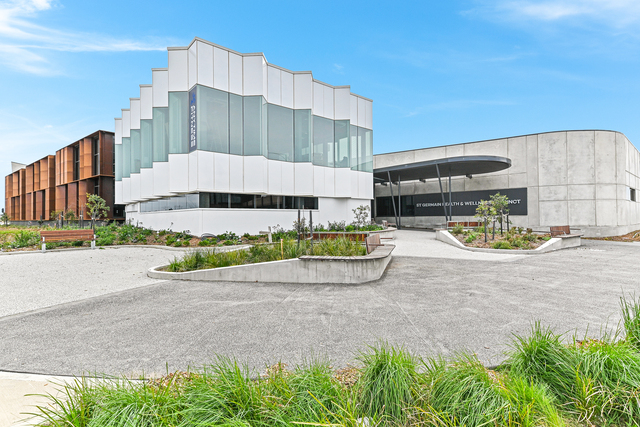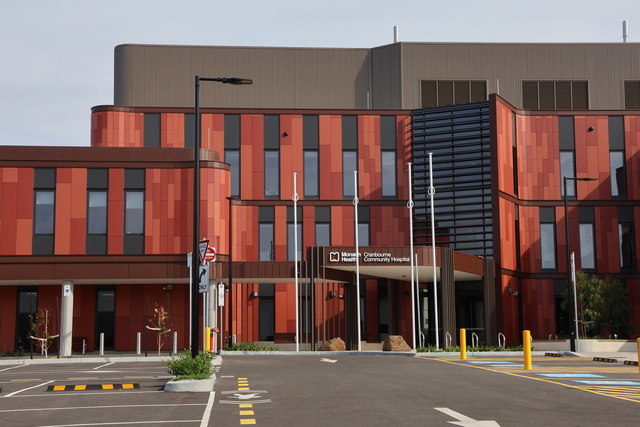Casey’s ambulance response times have neared the response time target during January 1 to March 31 this year.
According to Ambulance Victoria’s data for the third quarter of 2022-23, 63.2 per cent of responses to code one incidents in Casey were within the target of 15 minutes, with the average response time at 15 minutes and 14 seconds across the 4548 recorded responses.
The average response time showed a reduction of more than a minute and 15 seconds compared to the second quarter of 2022-23.
In terms of code two incidents, ambulance teams responded to 2037 Casey incidents within an average of 42 minutes and 57 seconds, which was a drop of more than four minutes.
From January to March, paramedics across Victoria responded to 65.2 per cent of code one cases within the state-wide average target of 15 minutes, which was a five per cent compared to the previous three months.
The state-wide average response time to code one emergencies was 15 minutes and 20 seconds, which showed an improvement of one minute and 24 seconds.
Ambulance Victoria metropolitan regional director Ian Hunt said ambulance performance improved thanks to reduced demand and fewer staff furloughed due to Covid.
“This helped speed up the handover of patients at hospitals and allowed to us get back on the road quicker to attend more life-threating emergencies,” he said.
“We know demand is already rising again and will continue to do so as we head towards winter.
“We thank the community for helping us relieve pressure on our paramedics and the health system by saving Triple Zero (000) for emergencies.”
Ambulance Victoria clinical operations acting executive director Michael Georgiou said from January to March, 37,825 people who did not need an emergency ambulance were instead connected by paramedics and nurses in the Secondary Triage team to more appropriate care.
“That results in 500 or more cases every day being safely matched to services that better suit their needs while also avoiding emergency dispatch,” he said.
Mr Georgiou said Ambulance Victoria continued to work closely with stakeholders across the entire health system to ensure patients received the most appropriate response for their needs and improve ambulance availability across the state.
“We’ve recruited more than 1,300 paramedics over the past two years, tripled the size of our Secondary Triage team and have referred almost 32,000 cases to the Victorian Virtual Emergency Department (VVED) since October 2021 to help avoid unnecessary trips to our hospitals,” he said.
Liberal ambulance services spokesperson Georgie Crozier said Victorians were suffering with 34.8 per cent of code one responses still not attended to within 15 minutes.
“The Andrews Government went to the last election promising to fix the crisis that has plagued our ambulance system,” she said.
“Yet six months later, response targets are still not being met and it’s clear nothing has changed.”
Health Minister Mary-Anne Thomas said there was still more to be done to improve the state’s health responses.
“We will continue to deliver the staff, services and infrastructure Victorians need to get the care they deserve,” she said.
To view the most recent Ambulance Victoria performance data, visit ambulance.vic.gov.au/about-us/our-performance







